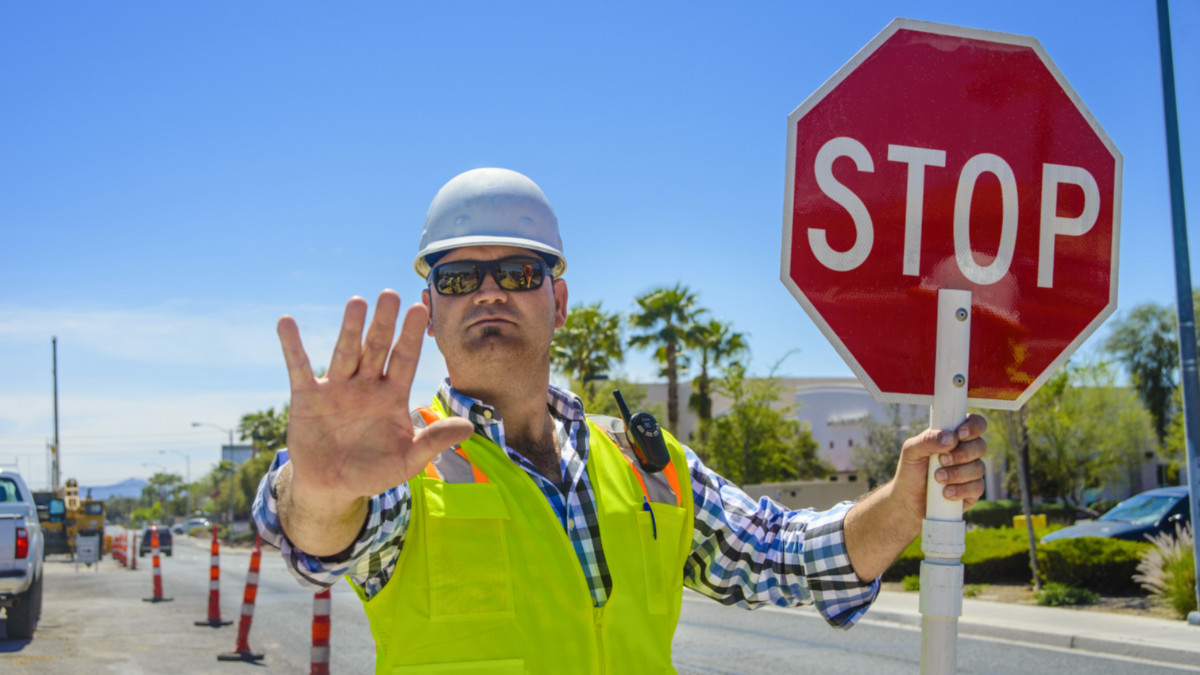Got Gas: ScoMo’s gas-led recovery may be staying on the shelf

Gas-led recovery isn't likely to mean cheap gas, but securing gas supply is still a worthy goal. Pic: Getty Images
Got Gas is Stockhead’s fortnightly take on moves in Australia’s gas industry by our seasoned energy and resources journalist Bevis Yeo.
It has been some time since the Australian Government has brushed off the dust on its gas-led recovery plan and peddled it before the media as the answer to life, the universe and everything.
Why, you might ask? The answer is probably simpler than you’d think.
With the US now backpeddling furiously on anything and everything Trump-related (Hint: Climate change is now a thing in the halls of power over in Washington DC), there’s suddenly less of a push for fossil fuels to lead anything, much less the economy’s recovery.
To top it off, if you truly believe that investing in more gas exploration and infrastructure will result in lower gas prices, I have some land up in an up and coming tourism belt to sell you.
After all, Santos boss Kevin Gallagher has already said that expecting gas prices to fall would not be realistic and would likely cause future gas reserves to remain undeveloped.
Not developing gas reserves is a Bad Thing™, the Australian Competition and Consumer Commission has already warned that while gas supplies in the eastern states is likely to meet demand this year, things don’t look as rosy come 2024.
Before the sandgropers get too smug, Western Australia may not away scot-free either with the state government warning of a potential tight gas supply situation in 2029.
This had been highlighted by the significant reserve write-downs at Reindeer and Pluto gas fields. Not a fun thing to report to your boss, I reckon.
Still a need for gas investment?
Here’s where I’m going to turn things around a little and say that the Australian Government actually needs to drive investment into gas.
It just needs to be more realistic about its objectives.
Cheap gas is certainly not on the cards, but securing Australia’s gas supplies for as long as the renewables juggernaut needs a source of base load power to balance things out when the sun isn’t shining is clearly a goal that is within reach.
Another objective that should probably be dumped (and is likely to be if cheap gas isn’t achievable) is for gas to help drive the Australian economy’s recovery.
Of course, renewable energy proponents are already out spruiking the wonders of the sun, wind and hydro (the last of which actually provides base load power).
But the experience of other countries further down the renewables path seems to indicate that gas still has some legs – especially given our addiction to fossil fuels.
So there certainly seems to be a case for government gas investment. We just have to be a little more realistic about what to expect.
Related Topics

UNLOCK INSIGHTS
Discover the untold stories of emerging ASX stocks.
Daily news and expert analysis, it's free to subscribe.
By proceeding, you confirm you understand that we handle personal information in accordance with our Privacy Policy.








